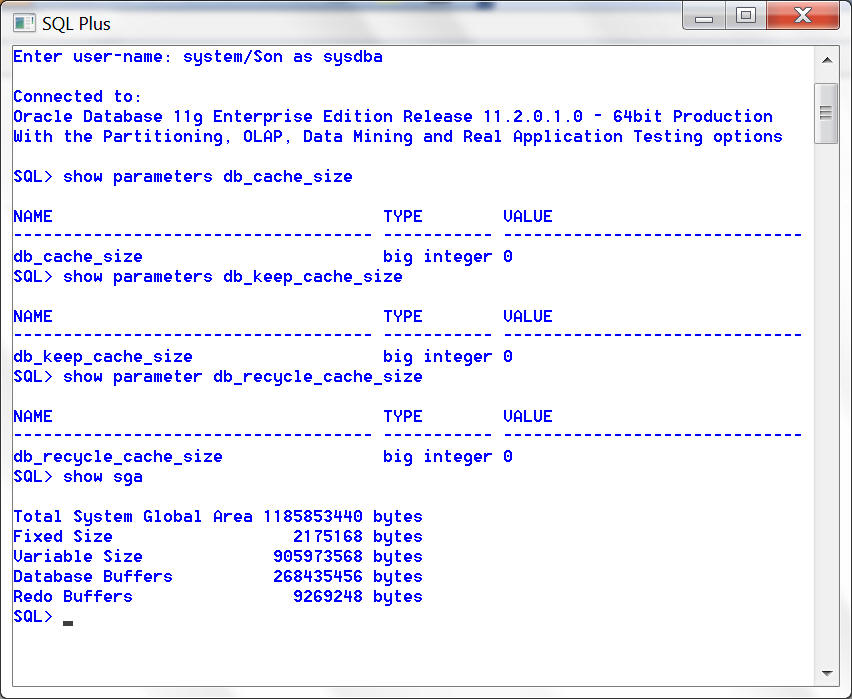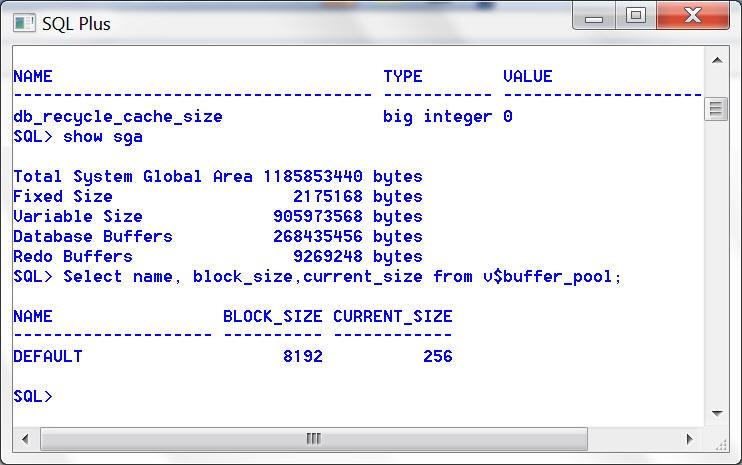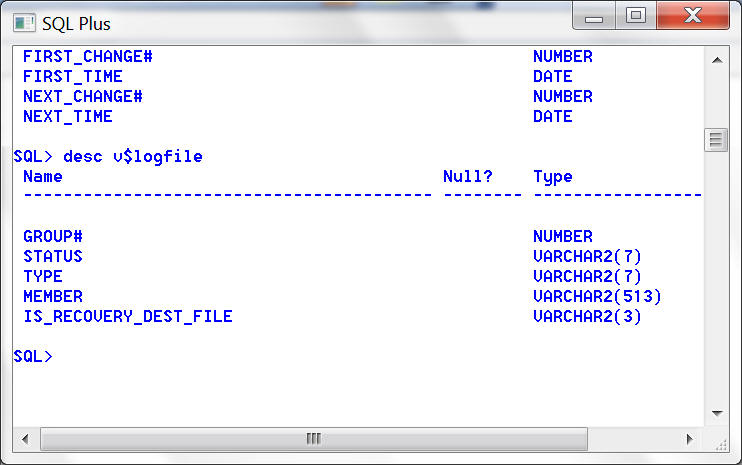- Most widely used RDBMS database which also support object oriented protocols. It is versatile, scalable, and runs in numerous platforms.
- Oracle comes with Java Virtual Machine, can run programs written in PL/SQL or Java.
- Oracle interacts with many programming languages like .Net, PHP and C/C++
Oracle uses Relational Data Model to store Data and a query language (SQL) to interact with the data.
It manages all database activities.
By default Oracle installation would provide choices to create at least one instance and one database. The instance would run from RAM memory.
There are many client tools / applications are available to interact the DB through oracle instances.
Oracle is a multiuser database, default installation will create few client/Users with distinct role and administration rights. These administrators, adds new users with defined roles and privileges to interact with the db.
Username Password system define during installatio sys change_on_install Scott custom-editable HR custom-editable

SQL> show sga
Total System Global Area 1185853440 bytes
Fixed Size 2175168 bytes
Variable Size 905973568 bytes
Database Buffers 268435456 bytes
Redo Buffers 9269248 bytes
SQL>
SQL> Select name, block_size,current_size from v$buffer_pool;
NAME BLOCK_SIZE CURRENT_SIZE
-------------------- ---------- ------------
DEFAULT 8192 256
SQL>

SQL> desc v$controlfile
Name Null? Type
----------------------------------------- -------- ---------------
STATUS VARCHAR2(7)
NAME VARCHAR2(513)
IS_RECOVERY_DEST_FILE VARCHAR2(3)
BLOCK_SIZE NUMBER
FILE_SIZE_BLKS NUMBER
SQL>

SQL> desc v$log

SQL> desc v$logfile

SQL> select lebsz from x$kccle;
